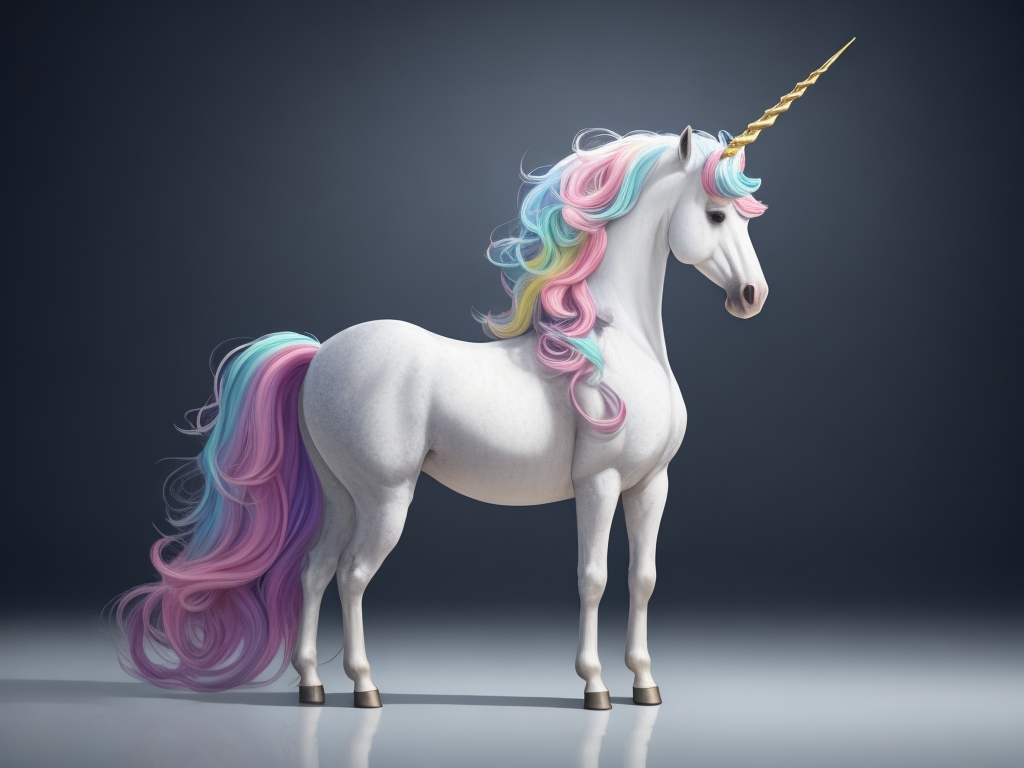When it comes to national symbols, countries often choose animals that represent their unique qualities, characteristics, and histories. Scotland, a land rich in myth, legend, and tradition, takes a whimsical and enchanting approach by adopting the unicorn as its national animal. Yes, you read that correctly—the unicorn, that mythical creature of fairy tales, holds a special place in the heart of Scotland, and the story behind this choice is as intriguing as the magical beast itself.
The unicorn is a legendary creature that has captured the imaginations of people across the world for centuries. Often depicted as a horse with a single twisted horn on its forehead, the unicorn has been associated with purity, grace, and untamed beauty. It appears in the folklore and mythology of many cultures, from Europe to Asia, and is considered a symbol of strength, independence, and mystery.
Read Also : The Ancient Origins of Engagement Rings
So, why did Scotland choose the unicorn as its national animal? The origins of this choice can be traced back to Scottish history and its intertwining with the English monarchy. In the 12th century, during the reign of William I of Scotland, the unicorn began to appear on the Scottish royal coat of arms.
William I, also known as William the Lion, was the first Scottish king to adopt the unicorn as a symbol of strength and bravery. The unicorn represented the wild and untamable nature of Scotland, while the lion, symbolizing England, signified strength and might. When the two animals appeared together on the royal coat of arms, it conveyed the idea of the harmonious union of these contrasting qualities.
This symbolism was further solidified when Scotland and England were united under a single crown in 1603, with James VI of Scotland also becoming James I of England. To symbolize this union, the Scottish unicorn was paired with the English lion on a new coat of arms, embodying the idea of two distinct nations coming together under one monarch.

The unicorn’s connection to Scotland deepened when it became the national animal in the 18th century, thanks in part to its representation in Scottish folklore and legends. The country’s strong association with this mythical creature was further popularized by works of literature and art, which depicted the unicorn as a symbol of Scotland’s unique cultural heritage and mystical charm.
In Scottish folklore, the unicorn is often depicted as a mysterious and elusive creature, much like the wild landscapes of the Scottish Highlands. It is said to be a symbol of purity and grace, embodying the untamed spirit of the Scottish wilderness. This image resonates deeply with the people of Scotland, who take great pride in their rugged and awe-inspiring natural landscapes.
The unicorn’s appeal also extends to its portrayal in medieval tapestries and heraldic art. These depictions often show the unicorn as a noble and graceful creature, often pursued by hunters or maidens. In many of these stories, capturing a unicorn was seen as a symbol of purity and virtue, emphasizing the creature’s connection to moral and ethical values.
Read Also : The Art of Bonsai: Cultivating Miniature Trees
Today, the unicorn remains an enduring symbol of Scotland, representing the country’s rich history, cultural heritage, and the indomitable spirit of its people. It is found on various Scottish emblems, including the Royal Coat of Arms of Scotland and the badge of the Scotland national rugby union team.
The unicorn’s status as the national animal of Scotland is not without its whimsical charm. It sets Scotland apart as a nation that celebrates its history and traditions with a dash of enchantment and magic.


